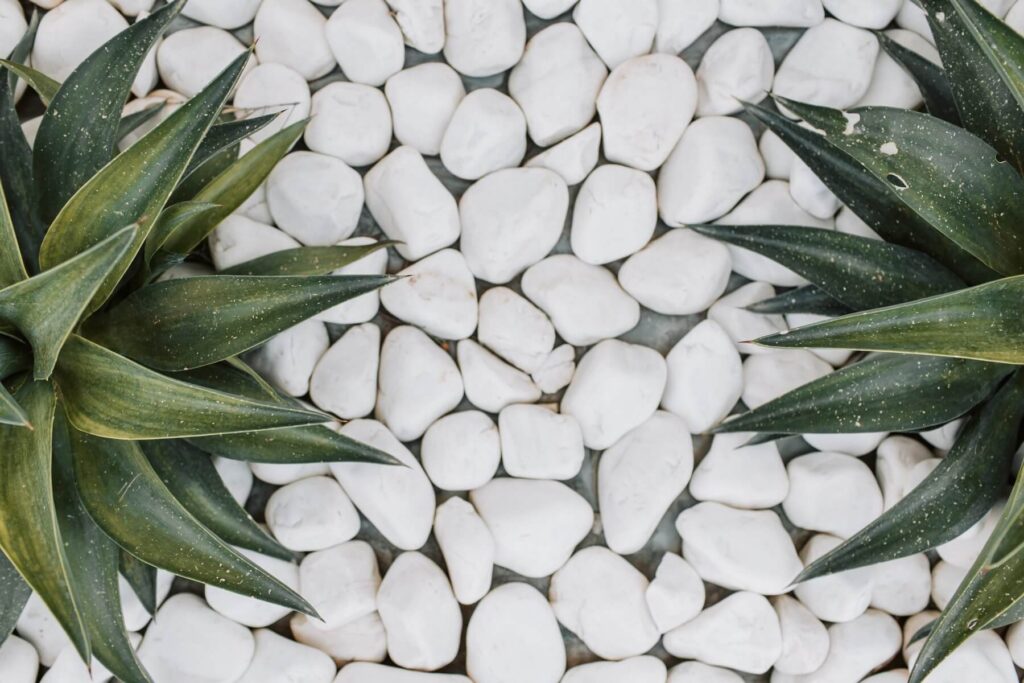Not everyone has the time or motivation to maintain a garden. Fortunately, a garden doesn’t have to require a lot of upkeep. By doing away with finicky features, you can create a garden that requires pretty much no maintenance. Below are just several tips for creating a zero-maintenance garden.
Go synthetic
One way to create a zero-maintenance garden is to rely on artificial plants and artificial grass. Modern synthetic plants can be very realistic. They’ll stay looking beautiful all year round, and you won’t ever need to water them or prune them. Artificial plants may still need to be occasionally dusted (artificial grass can benefit from being vacuumed and brushed), but that’s nothing compared to the care of real plants.
Advertisement - Story continues below
Request advertising info. View All.
Choose hardy plants
If you don’t like the idea of fake plants, an alternative option could be to choose real plants that are known for being fairly resilient. Amaryllis flower bulbs, lavender, hydrangeas, coneflowers and peonies can thrive with virtually little to no fuss. Potting these plants will help to limit their growth so that you won’t ever have to cut them back. Make sure to still consider the placement of these plants – some plants may thrive in direct sunlight, while others may benefit from being in more shady areas.
Consider a stone garden
More garden owners are choosing to do without a lawn or flowerbeds entirely. Instead, the whole garden can be surfaced in stone. This could include a variety of different stone surfaces such as patio slabs, gravel and decorative rocks. You can still grow plants in a stone garden – these can either be potted, grown from hanging baskets or grown in gravel beds (while many plants aren’t able to grow in gravel, some such as lavender are able to thrive).
Create controlled ‘wild’ areas
When left alone, most gardens turn into overgrown jungles. You could embrace this wildness, but limit it to specific areas and spots around your garden. This could include adding a couple raised beds, planting a few shrubs in them and letting them go wild. Alternatively, you could take an already-overgrown garden and carve a paved path through it. Other than the occasional trimming back, you shouldn’t have to touch these wild areas and can turn them into stylish natural features in your garden.
Use robust materials
When it comes to furniture, sheds and fencing, consider using robust materials that don’t require a lot of regular maintenance. Avoid materials in timber and cast iron which require regular repainting and treatment. Instead, consider materials like galvanized steel and polycarbonate, which can be practically left alone for years without any treatment needed. You can find synthetic sheds and synthetic outdoor furniture that is made to look like it is made from natural timber. This could be a good solution if you like the appearance of natural wood but don’t want the fuss of maintaining it.
Photo by Vlada Karpovich
